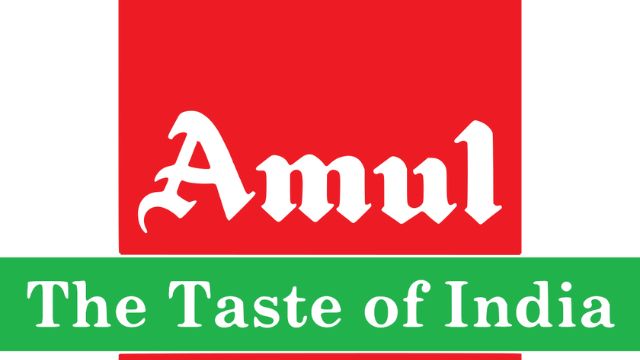Amul, managed by the Gujarat Co-operative Milk Marketing Federation Ltd (GCMMF), continues to be a leading player in India’s dairy industry. A comprehensive SWOT analysis—assessing Strengths, Weaknesses, Opportunities, and Threats—provides insight into the company’s current position and future prospects.
Strengths
1. Robust Financial Performance: In the fiscal year 2023-24, GCMMF reported a turnover of ₹59,545 crore (approximately $7 billion), marking an 8% year-on-year growth. The group’s turnover for the Amul brand reached ₹80,000 crore ($10 billion), up from ₹72,000 crore ($9 billion) in the previous year.
2. Strong Brand Recognition: Amul has been recognized as the world’s strongest food and dairy brand, with a brand value of $3.3 billion in 2024, reflecting an 11% increase from the previous year. This accolade underscores Amul’s significant global presence and consumer trust.
3. Extensive Cooperative Network: GCMMF is the world’s largest farmer-owned dairy cooperative, comprising 3.6 million farmers across 18,600 villages in Gujarat. This extensive network ensures a stable supply chain and strengthens rural economies.
4. Product Diversification and Innovation: Amul has expanded its product portfolio to include organic and protein-rich items, catering to health-conscious consumers. The company is also venturing into biogas initiatives, demonstrating a commitment to sustainability.

Weaknesses
1. Geographical Concentration: While Amul has a strong presence in India, its international footprint is relatively limited. This concentration may expose the company to regional market fluctuations and limits its global market share.
2. Supply Chain Challenges: Managing a vast cooperative network can lead to logistical complexities, including maintaining consistent quality and timely distribution across diverse regions.
3. Regulatory Compliance: Operating within India’s diverse regulatory framework requires continuous adaptation to varying state and national policies, which can be resource-intensive.
Opportunities
1. International Expansion: Amul has initiated the sale of fresh milk in the United States and plans to enter European markets, starting with Spain. These ventures present significant growth opportunities by tapping into the global demand for dairy products.
2. Health and Wellness Trends: The increasing consumer preference for organic and protein-rich products aligns with Amul’s recent product innovations, positioning the company to capture a larger market share in the health-focused segment.
3. Sustainability Initiatives: Amul’s exploration into biogas production not only promotes environmental sustainability but also offers potential cost savings and an additional revenue stream.
Threats
1. Intensifying Competition: The Indian dairy market is becoming increasingly competitive, with both domestic and international players vying for market share. This competition could pressure Amul’s market position and margins.
2. Climate Change Impacts: Environmental factors affecting milk production, such as droughts or floods, can disrupt supply chains and impact product availability.
3. Regulatory Risks: Changes in food safety regulations, import/export policies, or cooperative laws could pose challenges to Amul’s operations and expansion plans.
Conclusion
In 2025, Amul stands as a formidable entity in the dairy industry, bolstered by strong financial performance, brand recognition, and a vast cooperative network. By addressing its weaknesses and proactively seizing opportunities in international markets, health trends, and sustainability, Amul is well-positioned to navigate the challenges ahead and continue its trajectory of growth and innovation.














